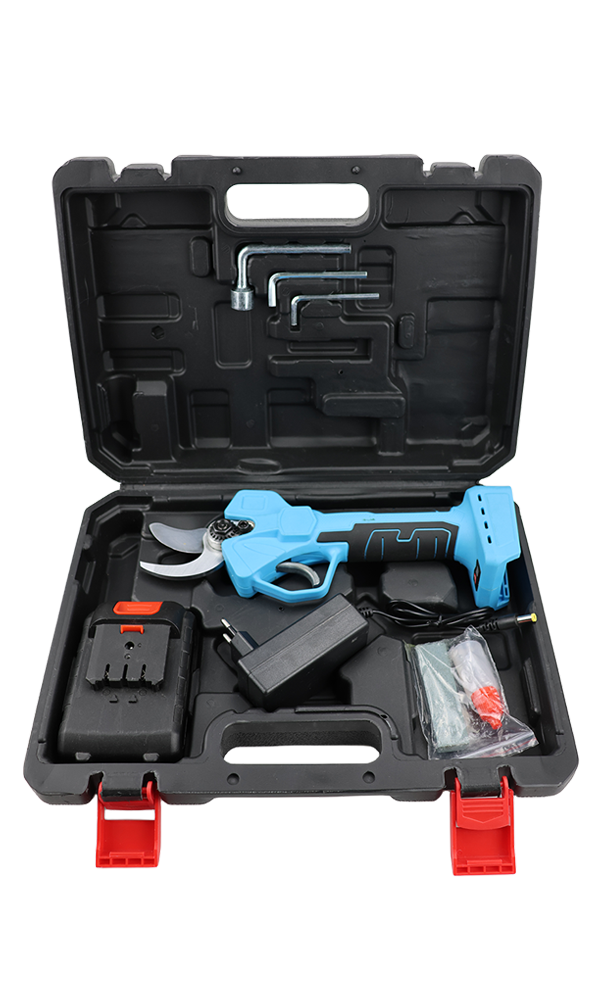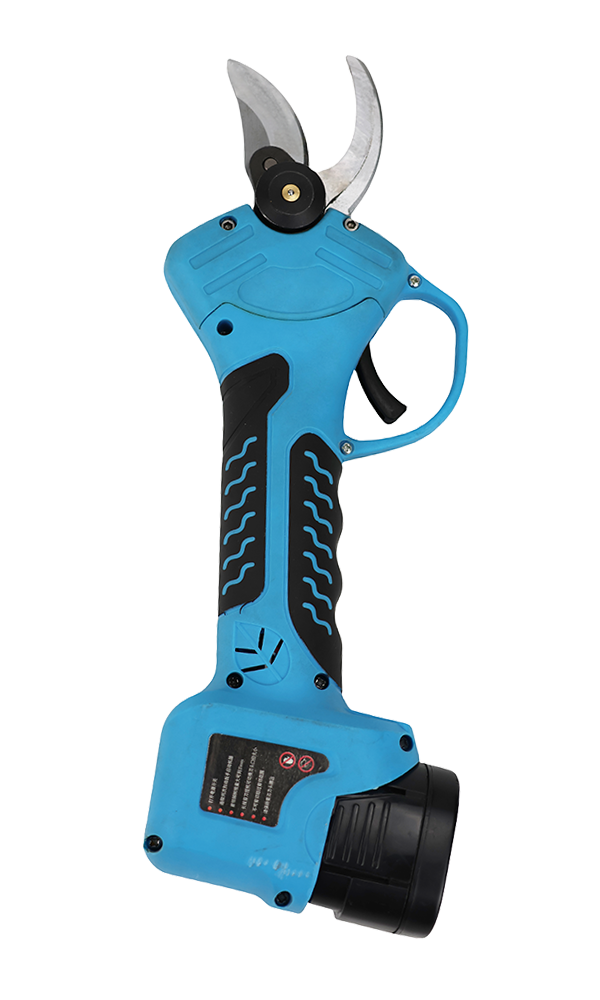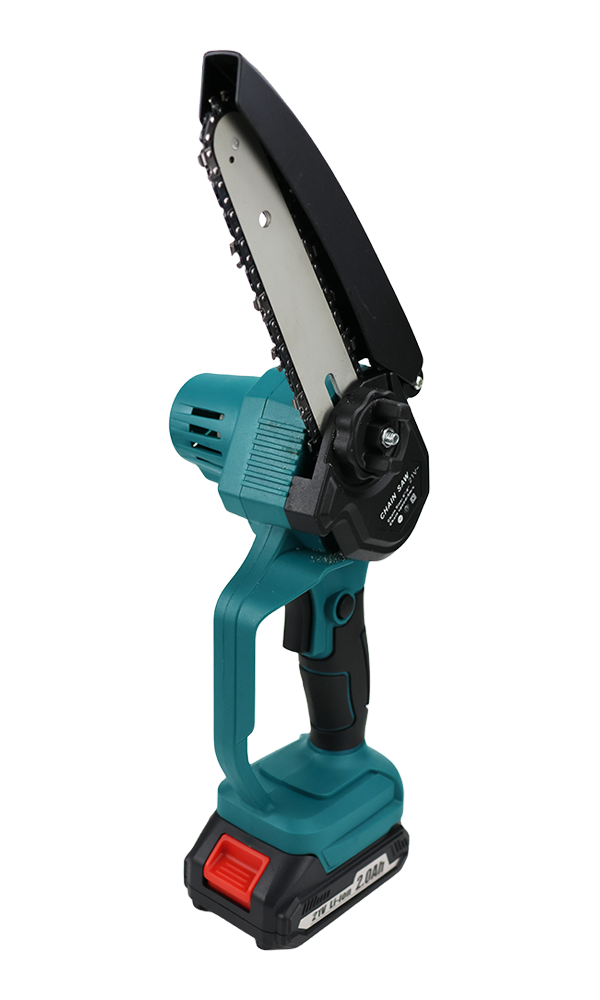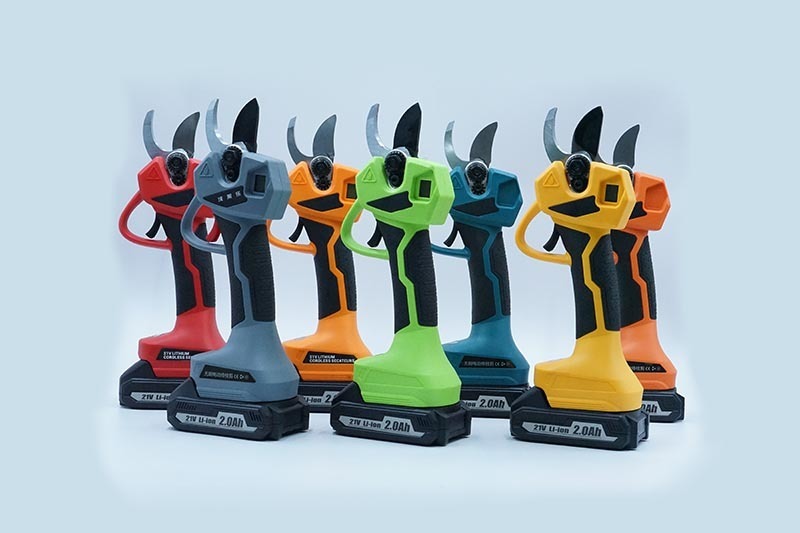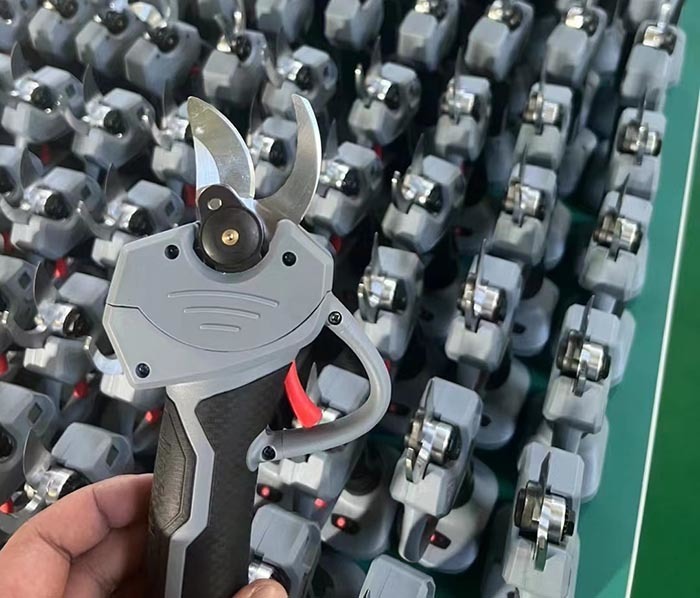NEWS
May 09,2025
Mastering the Art of Precision: Using Pruning Shears Like a Pro
Mastering the Art of Precision: Using Pruning Shears Like a Pro
Table of Contents
- Understanding Pruning Shears: A Gardener’s Essential Tool
- Types of Pruning Shears: Choosing the Right Tool for Your Needs
- How to Use Pruning Shears: Step-by-Step Guide
- Techniques for Efficient Pruning: Maximizing Your Efforts
- Maintaining Your Pruning Shears: Ensuring Longevity and Performance
- Safety Tips for Pruning: Protecting Yourself and Your Plants
- Common Pruning Mistakes: What to Avoid
- Frequently Asked Questions (FAQ)
Understanding Pruning Shears: A Gardener’s Essential Tool
Pruning shears, also known as hand pruners or secateurs, are indispensable tools in any gardener's arsenal. They allow for precise cuts, making it easier to shape plants, remove dead or diseased wood, and encourage healthy growth. Understanding the mechanics of pruning shears and their benefits can significantly enhance your gardening experience.
Pruning shears typically consist of two blades: a sharp blade and a flat blade. The sharp blade is used to make clean cuts while the flat blade, or anvil, supports the branch being cut. This design minimizes damage to the plant, which is crucial for its recovery and growth.
Using pruning shears correctly not only improves the appearance of your garden but also contributes to the overall health of your plants. By removing spent flowers and dead leaves, you allow new growth to flourish.
Types of Pruning Shears: Choosing the Right Tool for Your Needs
When it comes to selecting pruning shears, understanding the different types available is essential for making the right choice.
Bypass Pruners
Bypass pruners feature two blades that work like scissors. They are ideal for making clean cuts on living plant tissue, making them perfect for trimming flowers and young branches. Their design allows for precise cuts, reducing the risk of damaging the plant.
Anvil Pruners
Anvil pruners have one sharp blade that cuts against a flat surface. They excel at slicing through dry, woody branches but may crush softer tissues, making them less suitable for tender plants.
Ratchet Pruners
Ratchet pruners incorporate a mechanism that allows for increased force with less effort. They are ideal for individuals with limited hand strength or those who need to prune thicker branches without straining.
Long-Handled Pruners
Long-handled pruners, or loppers, provide extra leverage for cutting thick branches that are out of reach. They are essential for tall hedges and tree branches, allowing you to prune with precision from a distance.
How to Use Pruning Shears: Step-by-Step Guide
Using pruning shears effectively requires technique and practice. Here are the steps to ensure you make the most out of your tool.
Step 1: Select the Right Tool
Begin by choosing the appropriate type of pruning shears for the task at hand. Assess the size and type of branches you'll be cutting to ensure the right fit.
Step 2: Identify What to Cut
Carefully examine your plants and determine which branches require pruning. Look for dead or diseased wood, as well as any branches that are crossing or overcrowding.
Step 3: Position the Shears
Hold the shears with your dominant hand and position the blade around the branch you wish to cut. Angle the blade slightly to encourage a clean cut.
Step 4: Make the Cut
Apply steady pressure to the handles, using a smooth and controlled motion to cut through the branch. Avoid forcing the shears, as this can lead to uneven cuts and potential damage to the plant.
Step 5: Inspect the Cut
After making the cut, inspect the wound on the plant. A clean cut will heal more effectively and promote healthy growth.
Techniques for Efficient Pruning: Maximizing Your Efforts
To prune like a pro, mastering specific techniques is vital. Here are some effective methods:
1. The Three-Cut Method
For thicker branches, use the three-cut method to prevent bark tearing. First, make an undercut about one-third of the way through the branch, then create a top cut a few inches away from the undercut to remove the branch. Finally, trim the remaining stub cleanly.
2. Prune at the Right Time
Timing is crucial for effective pruning. Different plants have specific growth cycles. Generally, late winter or early spring is ideal for most shrubs and trees, while flowering plants may require pruning immediately after flowering.
3. Follow the Natural Shape
When pruning, aim to maintain the natural shape of the plant. Avoid cutting too much at once; instead, make gradual adjustments to encourage healthy growth.
4. Thin Out Crowded Areas
Avoid overcrowding by selectively thinning branches. This allows light and air to penetrate the plant, promoting overall health and vitality.
Maintaining Your Pruning Shears: Ensuring Longevity and Performance
Proper maintenance of your pruning shears is essential for their longevity and effectiveness. Here are some key tips to keep your shears in top condition.
1. Clean After Each Use
After each pruning session, clean the blades with a soft cloth to remove sap, dirt, and debris. This not only maintains hygiene but also prevents rust formation.
2. Sharpen the Blades
Dull blades can cause damage to plants and make pruning more difficult. Regularly sharpen the blades using a sharpening stone or a specialized sharpening tool to ensure precise cuts.
3. Oil the Mechanism
To keep the shears operating smoothly, apply a few drops of oil to the pivot point and moving parts. This reduces friction and enhances performance.
4. Store Properly
Store your pruning shears in a dry, cool place. Consider using a protective sheath or case to prevent the blades from becoming dull or damaged.
Safety Tips for Pruning: Protecting Yourself and Your Plants
Pruning can pose risks if proper safety measures are not taken. Here are essential safety tips to keep in mind.
1. Wear Protective Gear
Always wear gloves to protect your hands from cuts and scrapes. Consider wearing safety goggles if pruning near your face.
2. Use the Right Stance
Adopt a stable stance when using pruning shears, particularly when working on ladders or uneven ground. This will reduce the risk of accidents.
3. Be Aware of Your Surroundings
Keep an eye on your surroundings while pruning. Avoid working near power lines or other hazards that could pose risks.
Common Pruning Mistakes: What to Avoid
Even experienced gardeners can make pruning mistakes. Here are common pitfalls to avoid:
1. Over-Pruning
Removing too much foliage can stress the plant and hinder its growth. Always assess the need for pruning before making cuts.
2. Ignoring Plant Type
Different plants have specific pruning requirements. Research the needs of your plants to avoid damaging them.
3. Pruning at the Wrong Time
Pruning at an inappropriate time can disrupt the plant's growth cycle. Learn the best times to prune for various plant types.
4. Neglecting Tool Maintenance
Failing to maintain your pruning shears can lead to dull blades and ineffective cuts. Regular maintenance is essential for optimal performance.
Frequently Asked Questions (FAQ)
1. How often should I prune my plants?
The frequency of pruning depends on the type of plant and its growth rate. Generally, most shrubs benefit from annual pruning, while flowering plants may require more frequent attention after flowering.
2. Can I use pruning shears on thick branches?
While pruning shears are designed for smaller branches, you can use ratchet pruners or loppers for thicker branches to ensure a clean cut without damaging the plant.
3. What’s the best time of year to prune?
Late winter or early spring is often the best time to prune most plants, while flowering bushes should be pruned right after blooming to encourage new growth.
4. How do I know if my shears need sharpening?
If you find it difficult to make clean cuts or if the blades are tearing rather than slicing through branches, it’s time to sharpen your shears.
5. Is it safe to prune during rainy weather?
Pruning during rainy weather can be slippery and unsafe. It’s best to wait for dry conditions to avoid accidents.
Conclusion
Mastering the art of using pruning shears requires knowledge, practice, and the right techniques. By understanding the different types of pruning shears and how to use them effectively, you can enhance the health and beauty of your garden. Regular maintenance of your tools, coupled with prudent pruning practices, will ensure that your plants flourish. As you continue to refine your skills, remember that each pruning session is an opportunity to learn and improve, ultimately leading to a thriving, vibrant garden.
Latest News
Mar 13,2024

